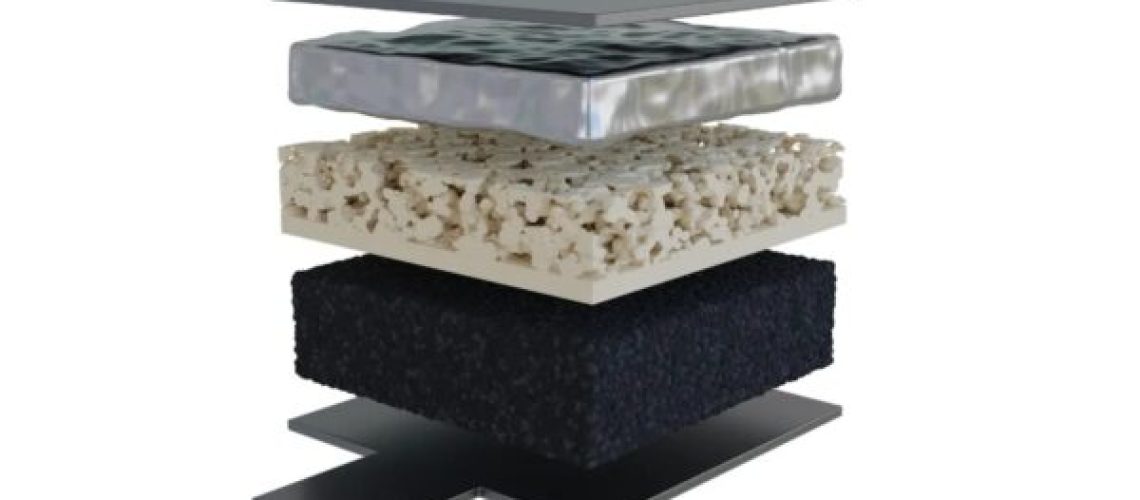The U.S. Department of Energy will provide $125 million in funding for two Energy Innovation Hub teams to accelerate energy storage technologies. The research focus will be energy storage for both transport and stationary storage applications.
The two Energy Innovation Hub teams now receiving funding will be made up of scientists from several institutions and led by Argonne National Laboratory and Stanford University. Their focus will be on gaining a better understanding of ways to both decarbonize transportation as well as incorporate clean energy into the electricity grid.
While lithium-ion is the most common battery type in these applications today, the teams will look for solutions that offer greater storage capacity, are safer, lower cost and are made with a diversity of materials.
“Providing the scientific foundation to accelerate this important research is key to our economy and making sure the U.S. plays a lead role in transforming the way we store and use electricity,” said Harriet Kung, DOE’s acting director for the office of science. “Today’s awards provide our Energy Innovation Hub teams with the tools and resources to solve some of the most challenging science problems that are limiting our ability to decarbonize transportation and incorporate clean energy into the electricity grid.”
The two Energy Innovation Hub teams are the Energy Storage Research Alliance (ESRA) led by Argonne National Laboratory and the Aqueous Battery Consortium (ABC) led by Stanford University.
ESRA will receive up to $62.5 million for up to five years for the development of compact batteries to be used in heavy-duty transportation and energy storage solutions for the grid. The group will be seeking a high level of molecular-level control of chemical reactivity, ion selectivity and directional transport in complex electrochemical cells, according to the DOE.
“The demand for high-performance, low-cost and sustainable energy storage devices is on the rise, especially those with potential to deeply decarbonize heavy-duty transportation and the electric grid,” said Shirley Meng, ESRA director, chief scientist of the Argonne Collaborative Center for Energy Storage Science and professor at the Pritzker School of Molecular Engineering at the University of Chicago. “To achieve this, energy storage technology must reach levels of unprecedented performance, surpassing the capabilities of current lithium-ion technology. The key to making these transformative leaps lies in a robust research and development initiative firmly grounded in basic science.”
ABC will focus on making rechargeable batteries’ electrolyte mostly from water. Like the ESRA team, ABC will also strive to make the rest of the device primarily from Earth-abundant materials. The ABC researchers see water as the only “realistic” solvent that can scale while also being affordable.
The Energy Innovation Hubs teams are comprised of multiple institutions, including historically Black colleges and universities (HBCUs) and other minority-serving institutions (MSIs).
The DOE says that in addition to developing “tomorrow’s technologies”, the projects are an opportunity to further develop a diverse workforce in energy storage research. More information can be found on the Basic Energy Sciences program homepage and Energy Innovation Hubs page.



